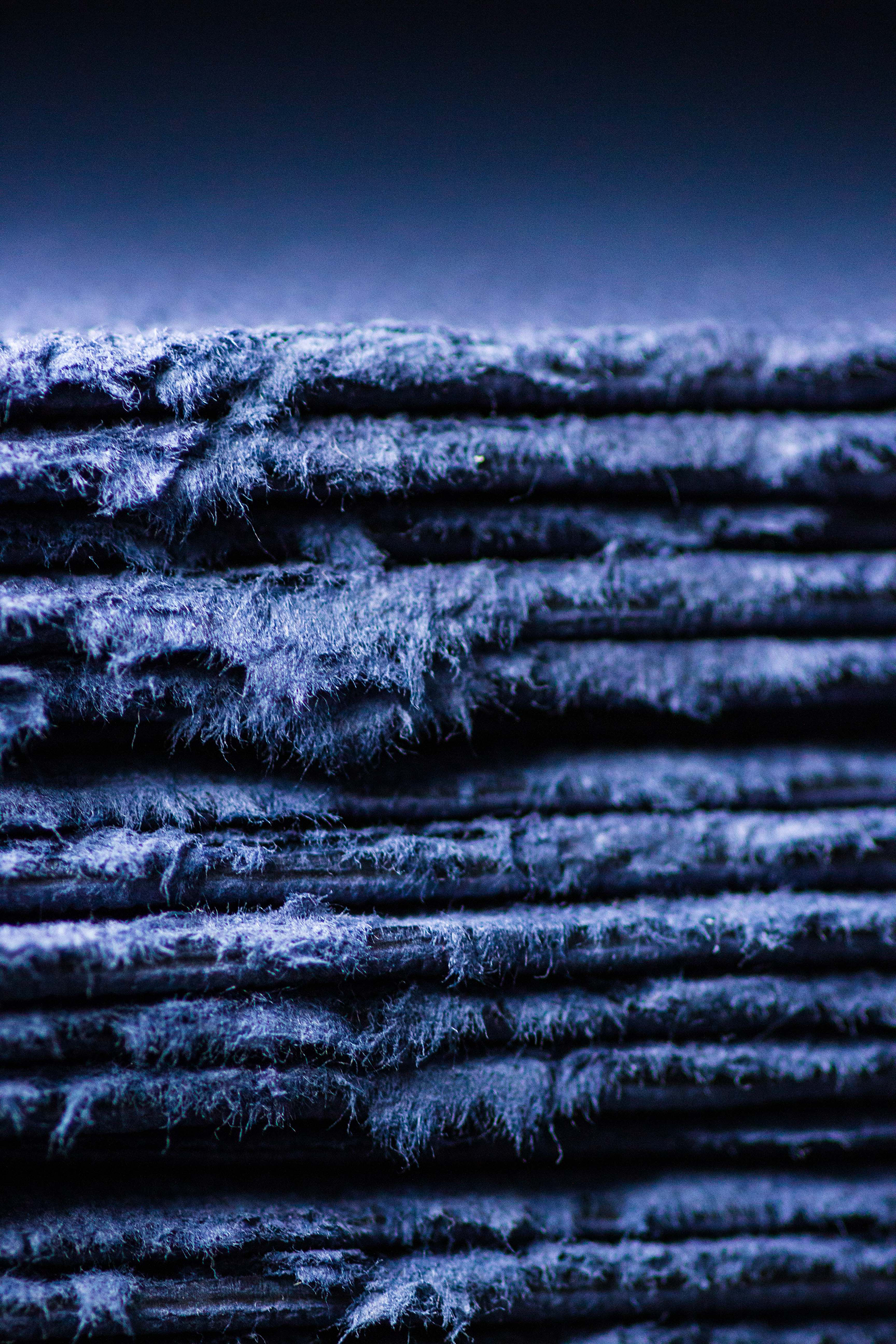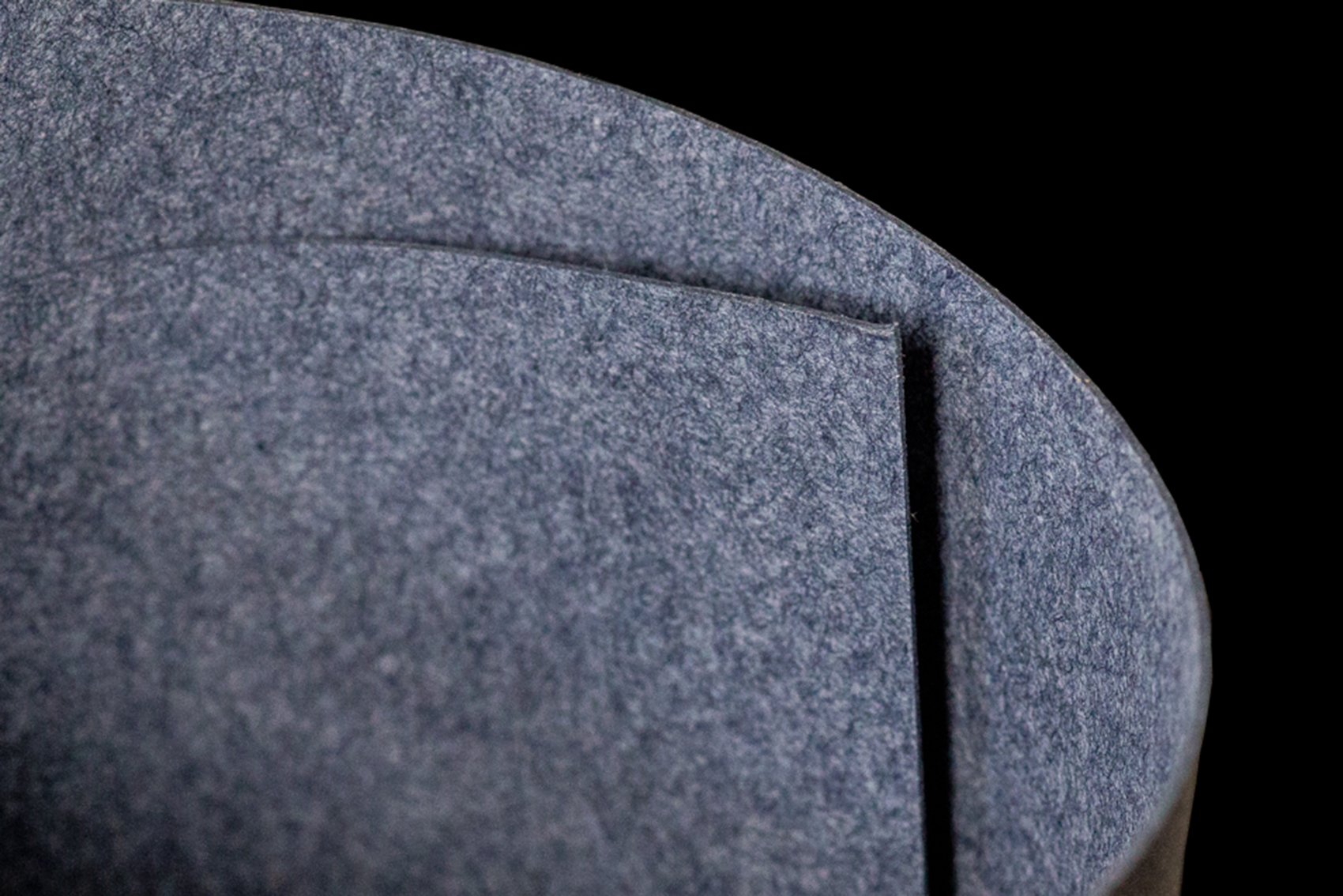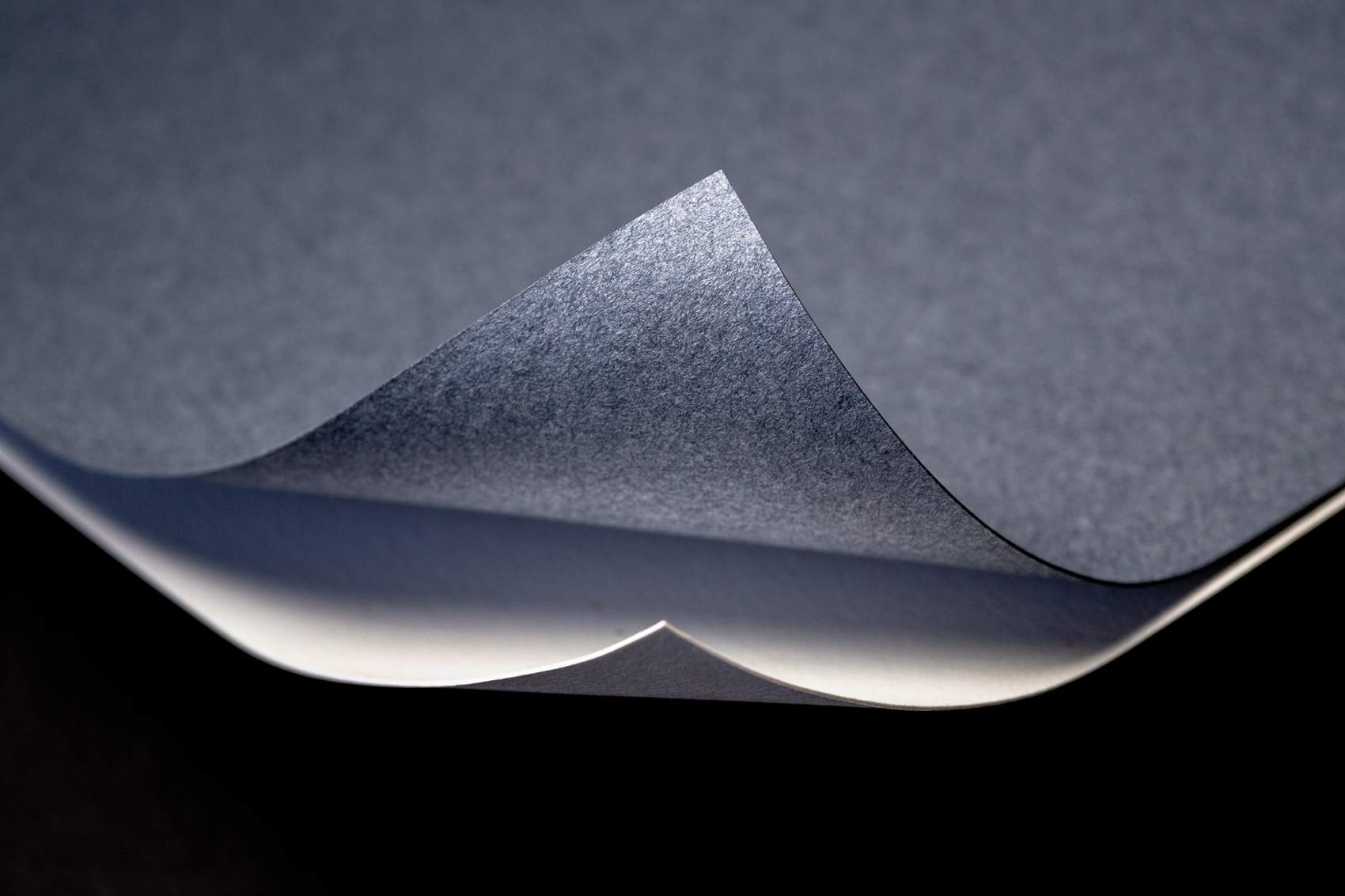Paper with a Purpose: Recycled Cotton Paper
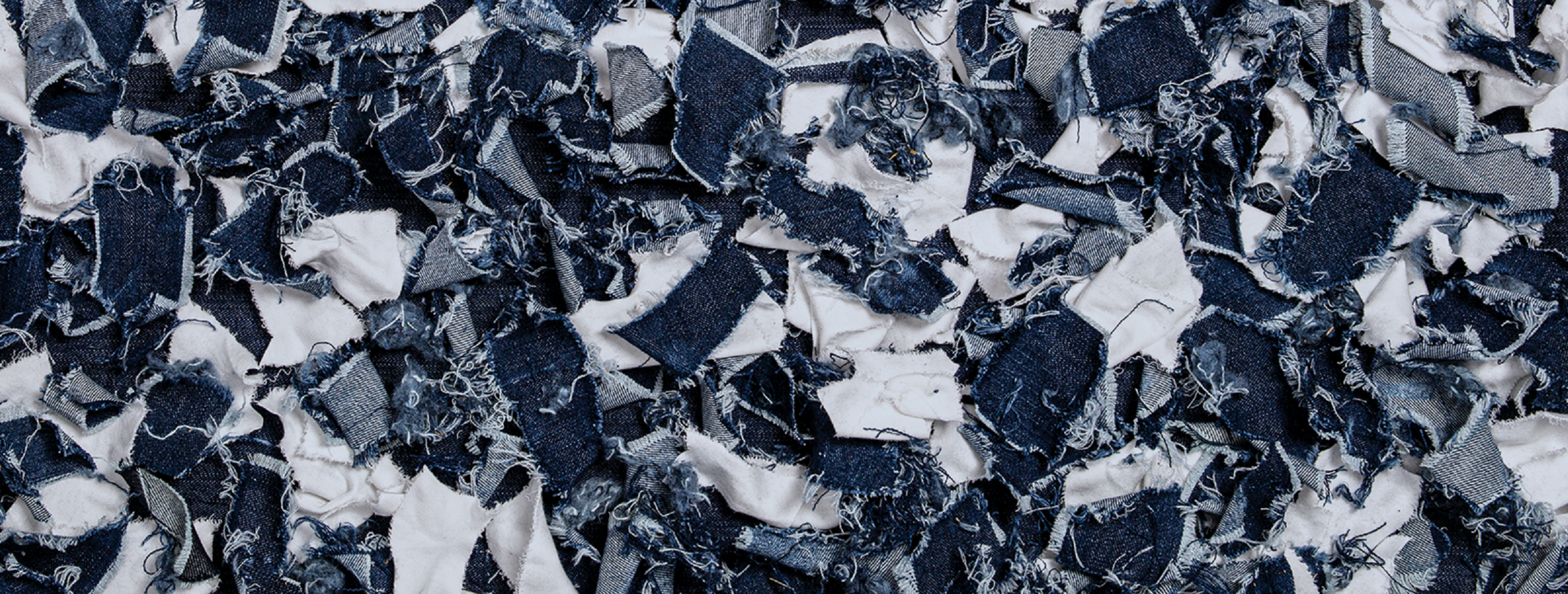
For centuries, cotton textile waste was recycled to make paper. Strong, yet soft, these cotton fibers make beautiful, sustainable paper.

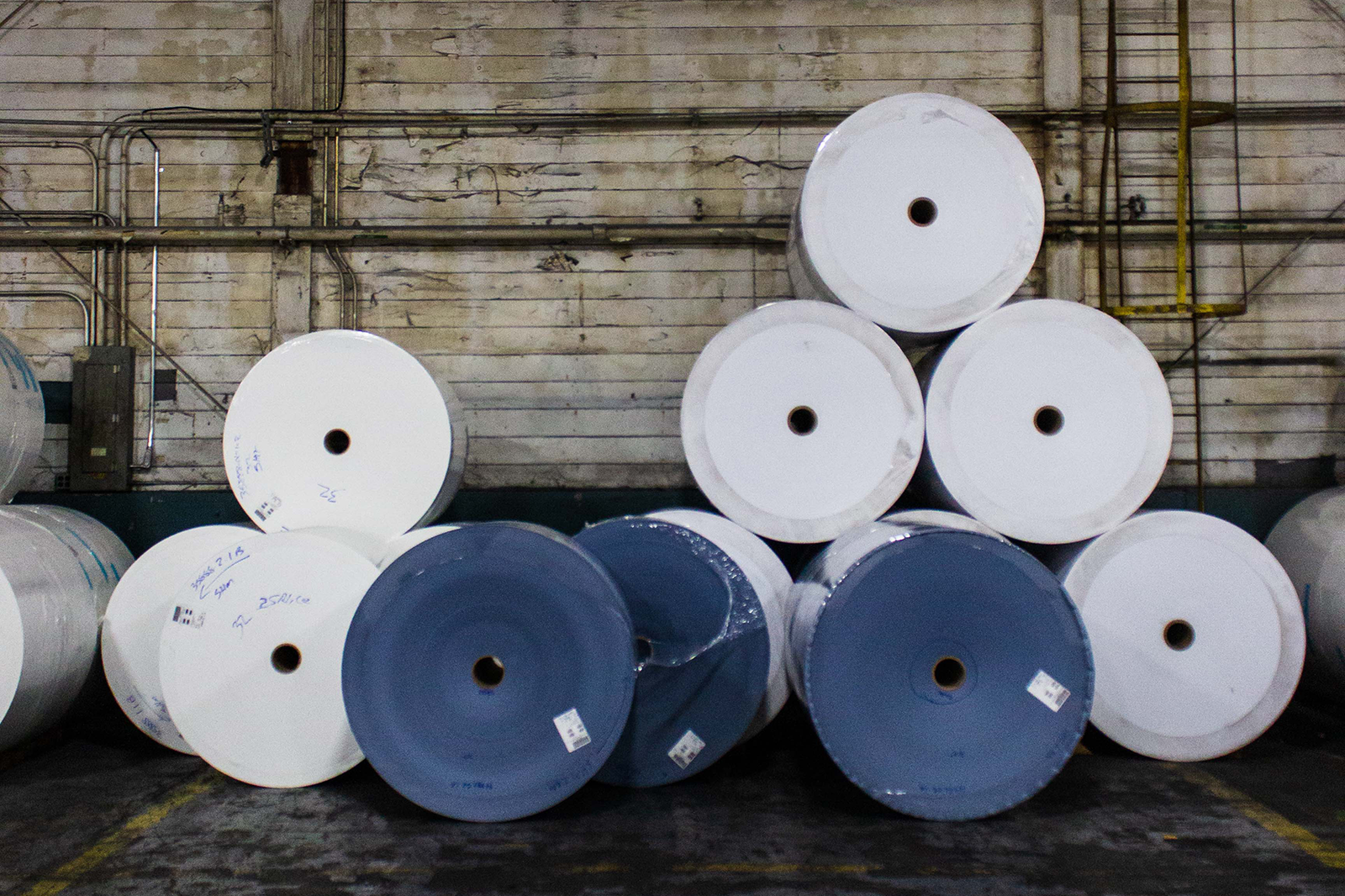
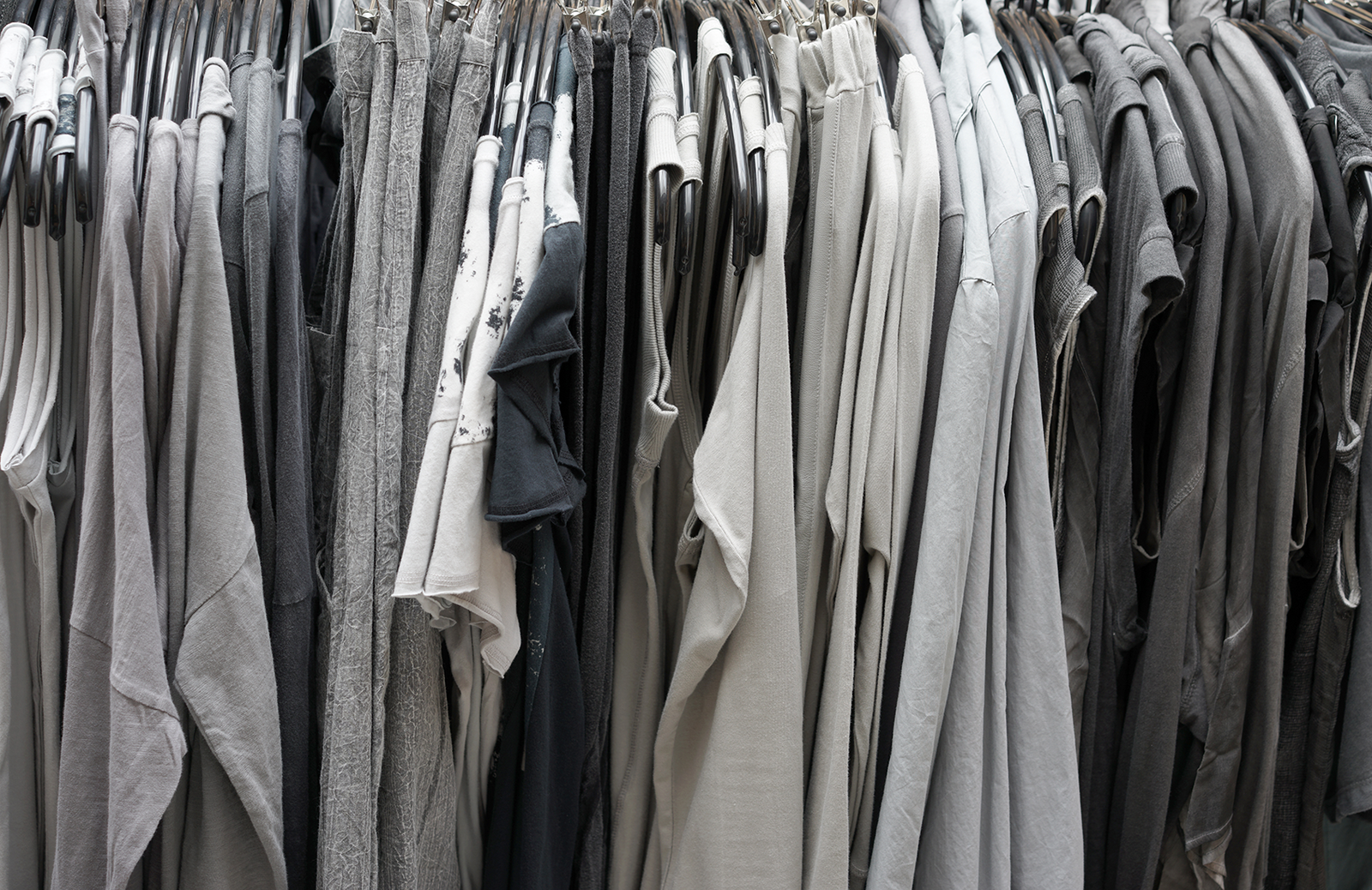
Materials Used
Suggested Articles
Here’s a formula for you. (MOO + Mohawk) + T-Shirts + Papermaking = NEW Cotton Business Cards made from T-Shirt scraps. That’s right; business cards made from the material we all know and love.
Behind every great partnership is a story, and in 2018 we began a new chapter with the acquisition of Crane Stationery.





















